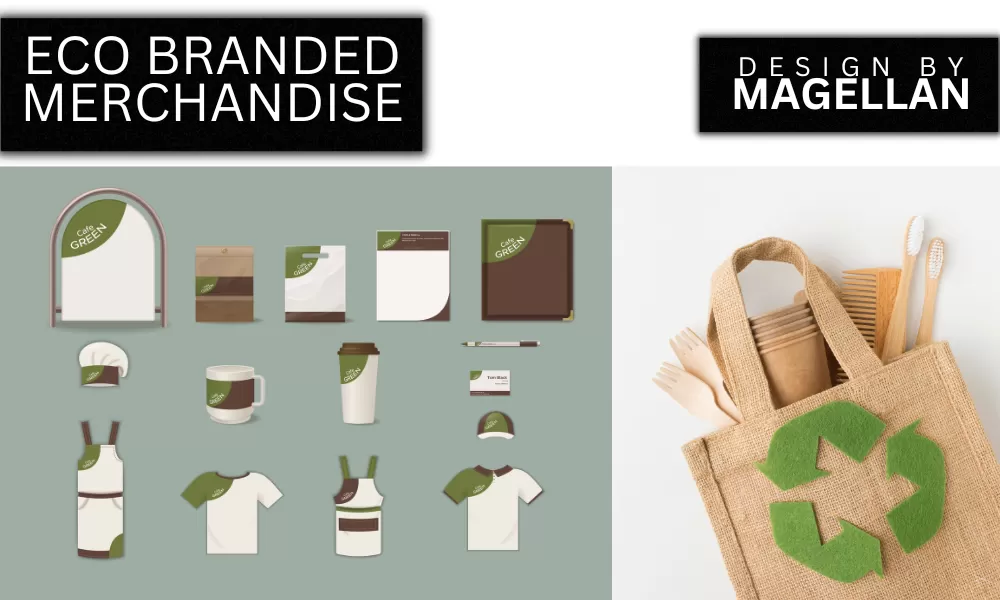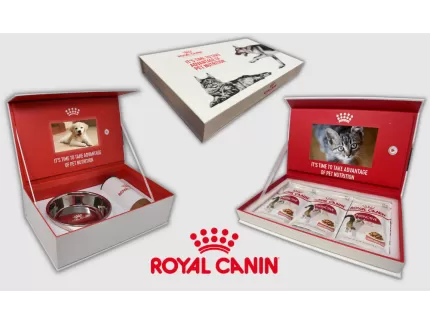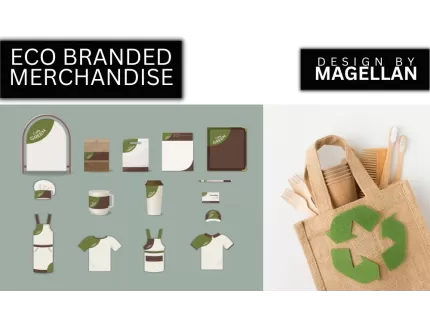
Branded merchandise has become an essential part of many businesses' marketing strategies. Whether it's pens, tote bags, or water bottles, branded merchandise serves as a tangible reminder of a company's products or services. However, the environmental impact of branded merchandise can no longer be ignored. As more businesses and consumers become aware of the impact of waste and pollution, it's important to consider sustainable options for branded merchandise.
One of the most significant environmental impacts of branded merchandise is the production process. Many branded products are made from materials such as plastic, which require significant energy and resources to manufacture. This not only contributes to greenhouse gas emissions but also creates waste and pollution. Additionally, branded merchandise often ends up in landfills, further contributing to environmental degradation.
Fortunately, there are sustainable options for branded merchandise. One option is to choose products made from recycled materials. For example, tote bags made from recycled plastic bottles, or pens made from recycled paper. By using recycled materials, businesses can reduce their environmental impact and help divert waste from landfills.
Another option is to choose biodegradable products. Biodegradable materials break down naturally over time, reducing the amount of waste that ends up in landfills. For example, biodegradable water bottles made from materials such as bamboo or cornstarch can be a sustainable alternative to traditional plastic water bottles.
In addition to choosing sustainable materials, businesses can also consider the entire lifecycle of their branded merchandise. For example, they can choose products that are designed to last, reducing the need for frequent replacements. They can also encourage customers to reuse or recycle branded merchandise, reducing the amount of waste that ends up in landfills.
It's also worth considering the environmental impact of the production and distribution of branded merchandise. For example, businesses can choose to work with suppliers that have strong environmental policies or that use renewable energy sources. They can also consider the distance that products need to travel to reach their destination, and choose suppliers that are closer to reduce emissions from transportation.
In conclusion, the environmental impact of branded merchandise cannot be ignored. However, there are sustainable options available, such as products made from recycled materials or biodegradable materials. By choosing sustainable options, businesses can reduce their environmental impact and contribute to a more sustainable future.

-100x100.webp)
-430x323.webp)





Write a comment